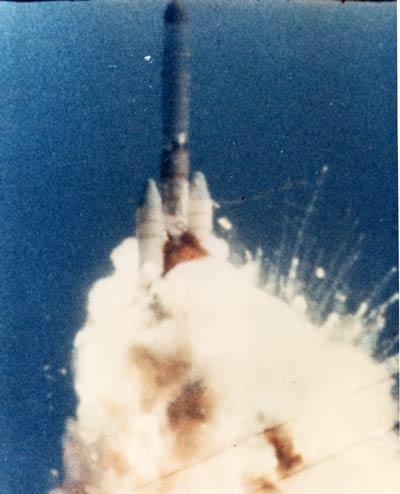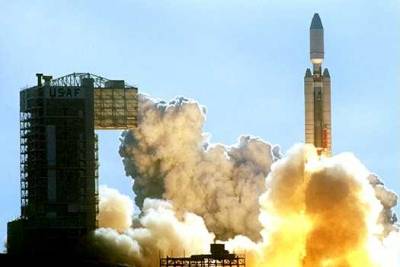Seventy years ago today — October 6, 1941 — the U.S. Army activated the Redstone Arsenal in Huntsville, Alabama.

(Redstone Arsenal building 7101, with Redstone missile in front. U.S. Army image from Wikimedia Commons.)
Redstone Arsenal was originally built to produce chemical ammunition for use in World War II, which it did very well. Then, in the postwar years, that experience with handling dangerous chemicals made Redstone a natural place to experiment with rockets and rocket propellants and eventually to be the home for the Army’s Aviation and Missile Research, Development, and Engineering Center; Army Space and Missile Defense Command; and NASA’s Marshall Space Flight Center.
Of course, I can’t mention Redstone Arsenal without mentioning the online magazine Redstone Science Fiction, the third issue of which included my story “Memorial at Copernicus.”
Also on this date, 30 years ago in 1981, the Solar Mesosphere Explorer launched from Vandenberg AFB, California, on a Delta rocket. SME was built to “investigate the processes that create and destroy ozone in the Earth’s mesosphere and upper stratosphere,” and operated until December 1988. The small experimental UoSAT (Oscar 9) satellite, built by the University of Surrey, launched as a dual payload on the same Delta rocket.

















